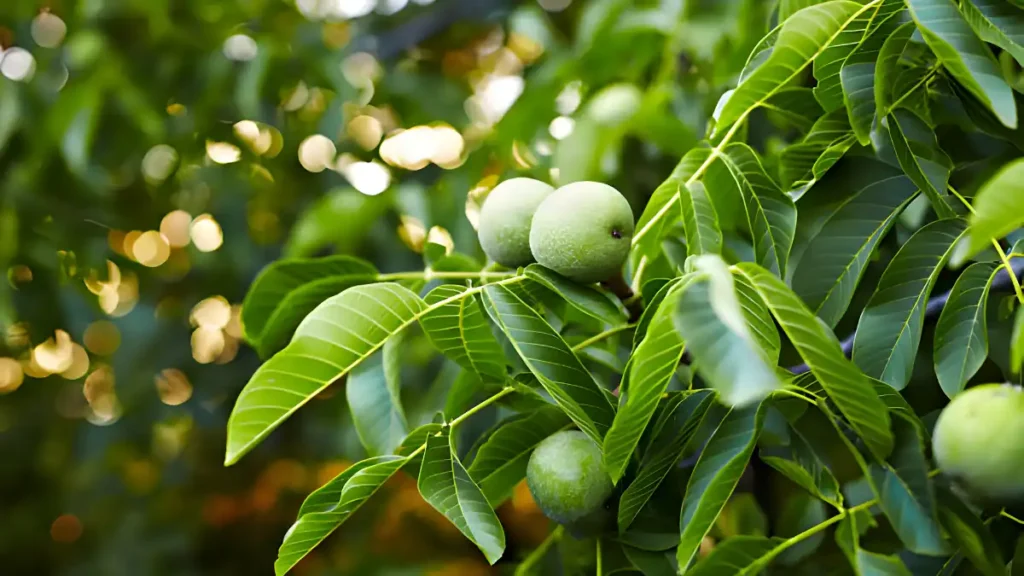The process of gathering walnuts is essential to guaranteeing a good crop of nuts with excellent quality. When it comes to the flavor, texture, and total market worth of the walnuts that are harvested, timing is everything. We’ll go over the things to think about in this guide to determine the best time to harvest walnuts so you can get the most out of them.
The following variables affect when walnuts are harvested:
- Variety: The speeds at which various walnut types mature vary. Determining the perfect harvesting period requires an understanding of the particular type you are growing. Growers should be mindful that some varieties, such as Chandler, Howard, and Hartley, have different maturation durations.
- Nut Maturity: As walnuts get older, their color, size, and interior makeup vary significantly. Determining the ideal harvesting period requires careful observation of these changes.
- Hull Split: Hull split is a good way to tell when walnuts are mature. The hulls of walnuts split as they get closer to maturity, revealing the shell underneath. The nuts are ready to be harvested when this natural process occurs.
- Development of the Kernel: The flavor and texture of walnuts are directly influenced by the way their kernels develop. Delaying harvesting might result in overripe nuts with lower quality while harvesting too early can produce undeveloped kernels with an unpleasant taste. The best harvesting window is determined by keeping an eye on kernel development and hull split.

Process of harvesting walnuts:
- Shaker machines or hand tools can be used to remove walnuts from tree branches.
- As soon as possible, collect the falling nuts to avoid contamination or damage.
- Take off any leftover hulls, leaves, or other debris from the gathered walnuts.
- Move the walnuts to a processing plant so they may be dried, cleaned, and stored.
Conclusion:
Achieving the highest possible output and quality of walnut require careful consideration of when to harvest them. Growers can decide when to harvest their walnuts at the ripest point by taking into account variables including variety, nut maturity, hull split, and kernel development. A good harvest season is ultimately attributed to the nuts’ ability to maintain their flavor, texture, and market value through the application of appropriate harvesting techniques.
Certainly! If you’d like to learn more, please consider following our WhatsApp Channel: Harvest Gardening
A frequently asked questions:
Q1: How do you care for a walnut tree?
A1: Regular watering, pruning to maintain shape and remove dead or diseased branches, feeding as needed, and pest and disease protection are all important parts of caring for a walnut tree. Healthy development and fruit production can also be encouraged by making sure trees receive enough sunshine and by leaving space between them.
Q2: How should walnuts be stored to maintain their freshness?
A2: Walnuts should be kept out of direct sunlight and in an airtight container in a cold, dry location to preserve their freshness. For a longer shelf life, you may also store them in the freezer or refrigerator.
Q3: What is a black walnut tree?
A3: Native to North America, the black walnut tree (Juglans nigra) is prized for both its tasty nuts



